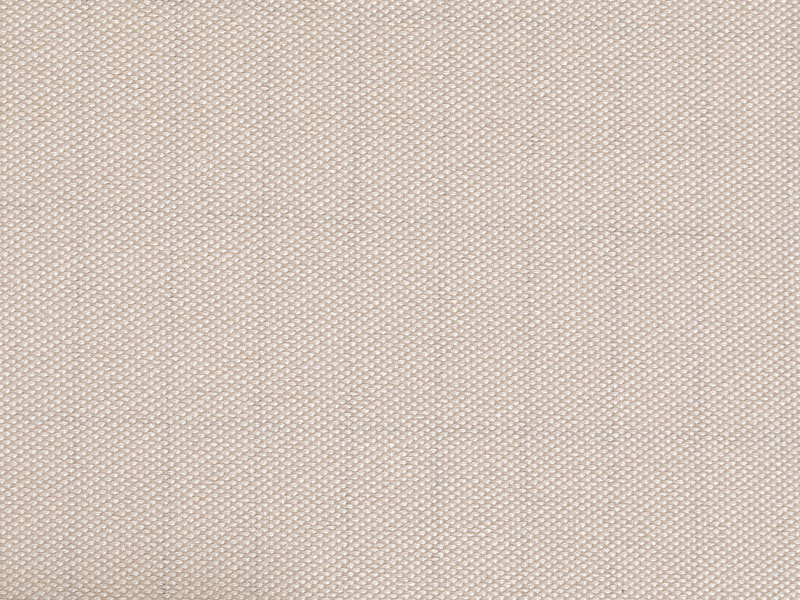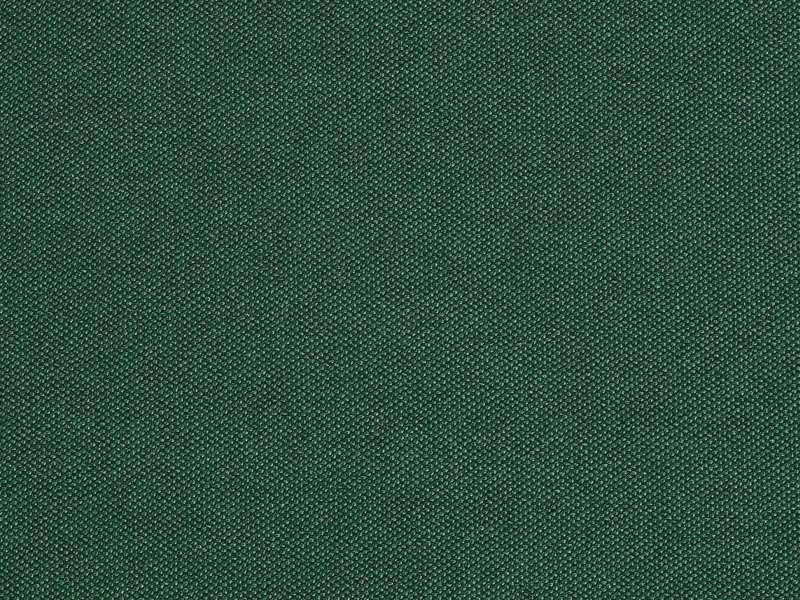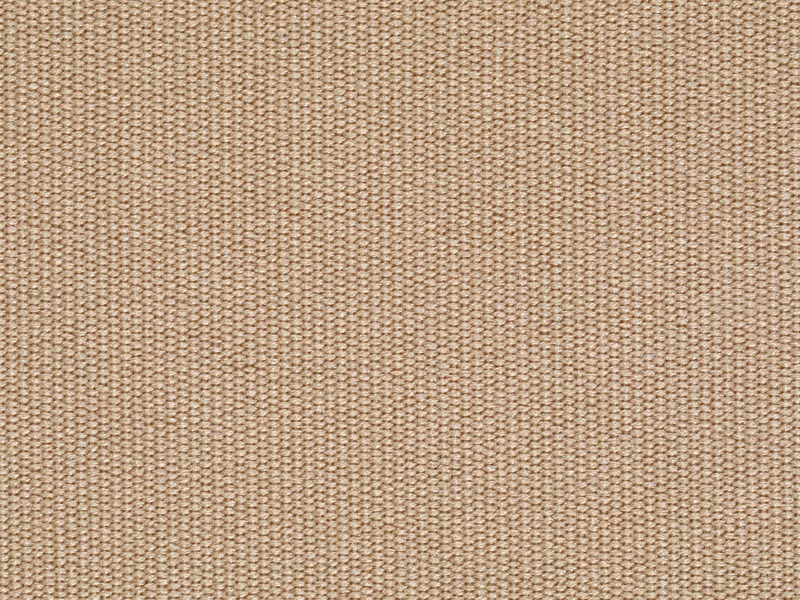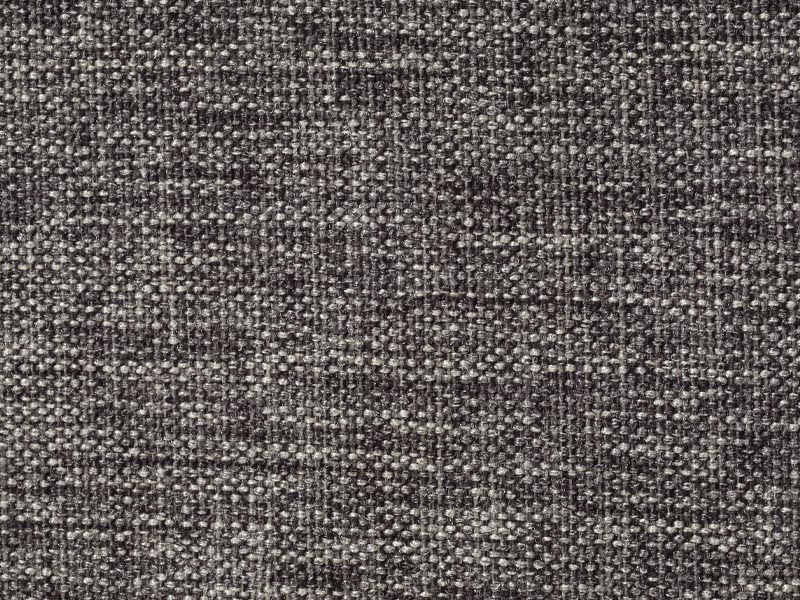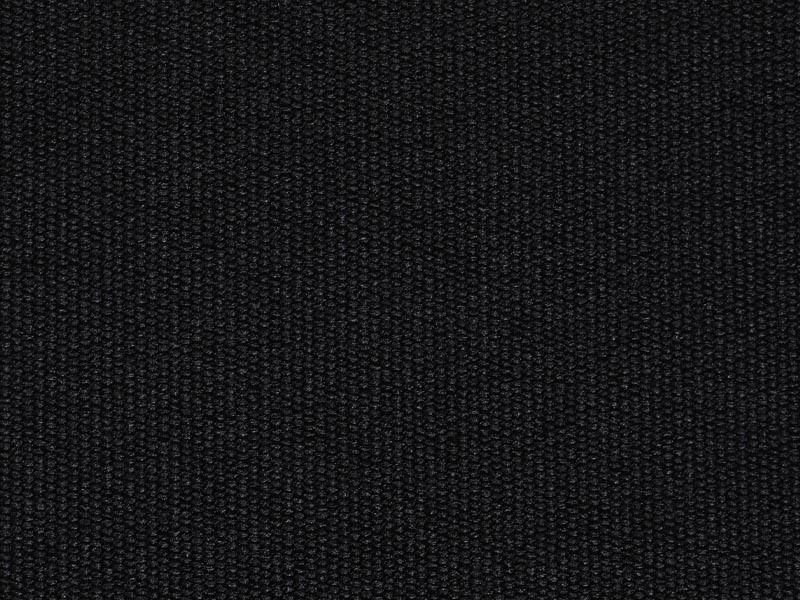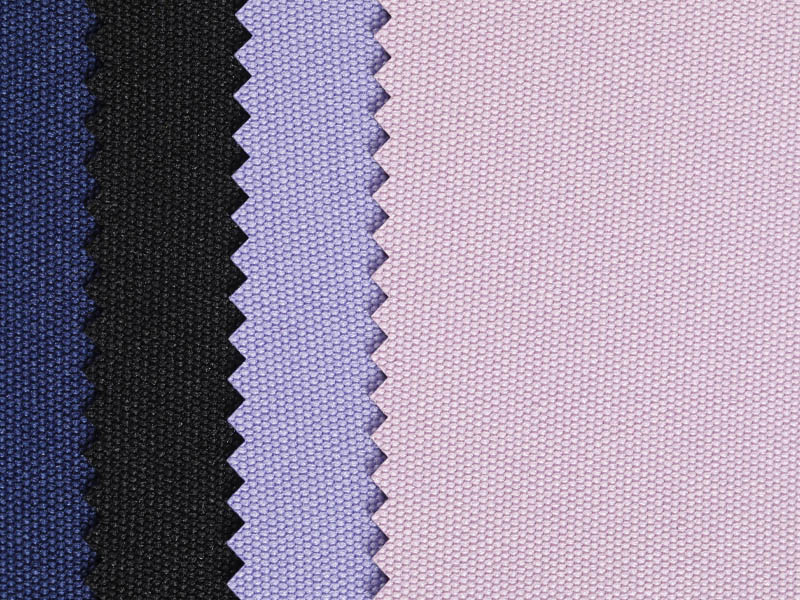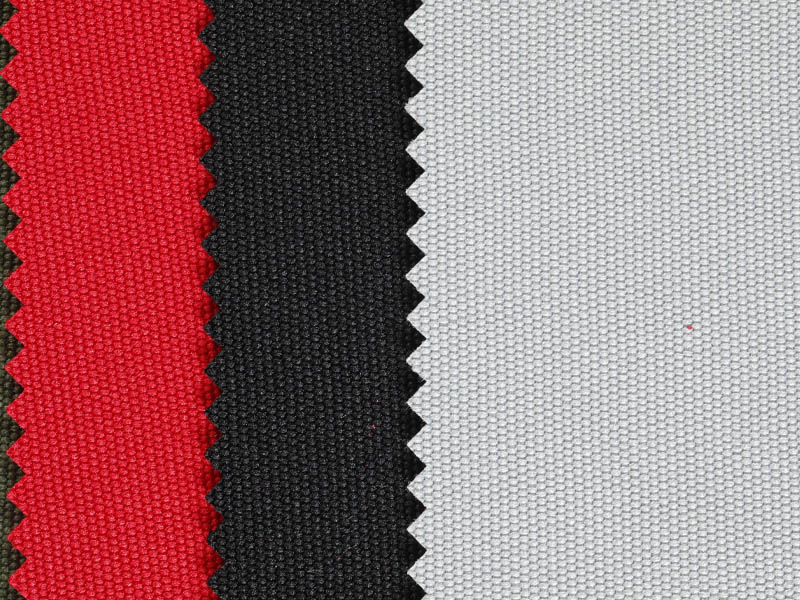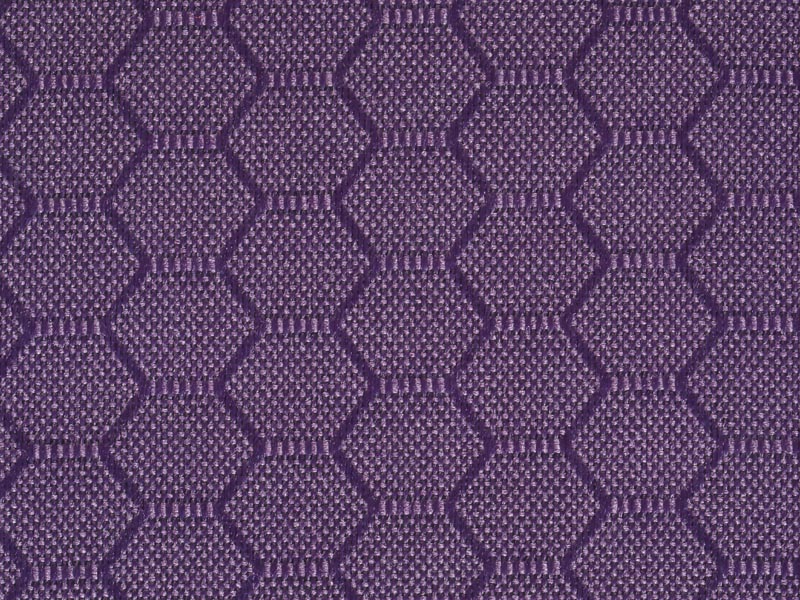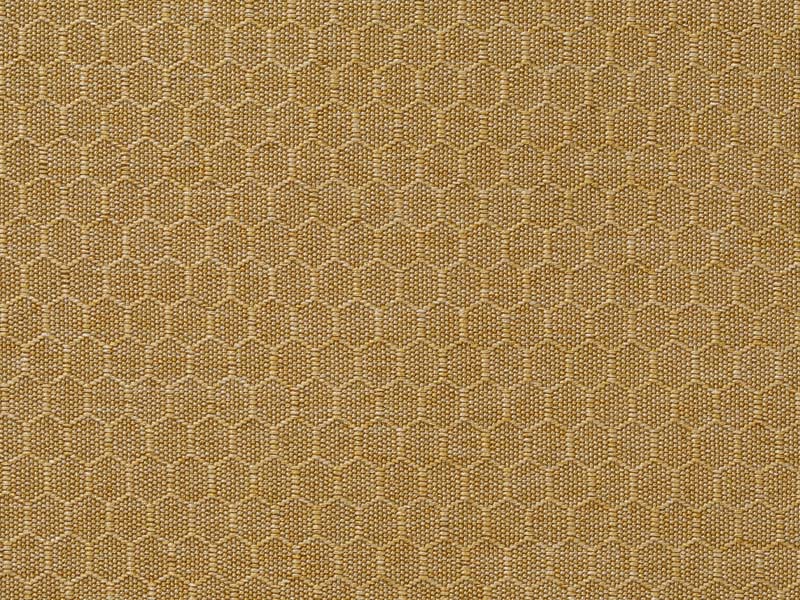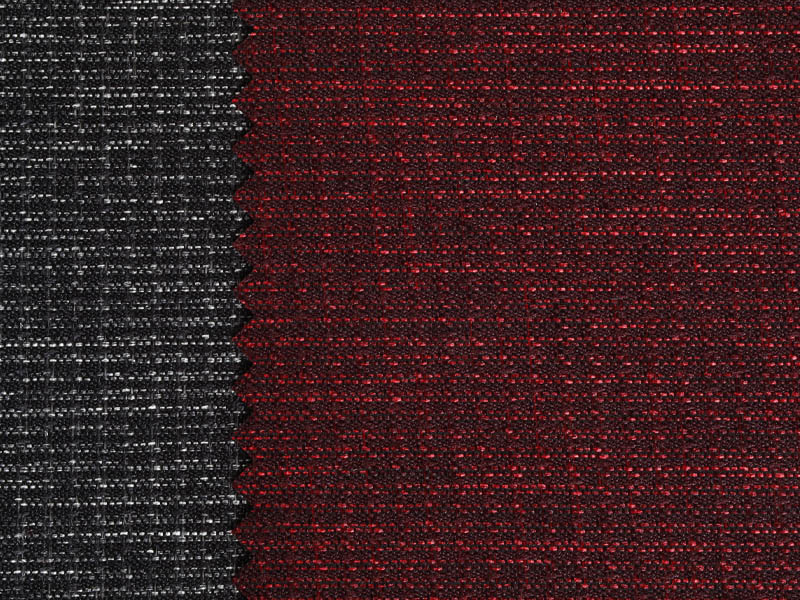How to Choose Waterproof Tent Fabrics for Long-Term Backpacking Adventures?
Posted by Admin
When planning a long-term backpacking adventure, selecting the right waterproof tent fabric is crucial for ensuring comfort and safety. Waterproof tent fabric serves as your primary defense against the elements, making it essential to understand its various features, types, and suitability for different conditions.
Understanding Waterproof Tent Fabric
Waterproof tent fabric is designed to keep water out, ensuring that the interior of the tent remains dry regardless of the weather. The effectiveness of waterproof tent fabric depends on several factors, including the type of material used, the waterproof rating, and the quality of the seams. Different waterproof tent fabrics offer varying levels of protection, durability, and breathability.
Types of Waterproof Tent Fabric
Polyester: Polyester is a common material used in waterproof tent fabric. It is known for its durability and resistance to UV damage. Polyester waterproof tent fabric is relatively lightweight and offers good water resistance. It is suitable for a wide range of weather conditions, making it a popular choice for long-term backpacking adventures.
Nylon: Nylon is another popular material for waterproof tent fabric. It is lightweight and strong, making it ideal for backpacking tents. Nylon waterproof tent fabric often comes with a silicone or polyurethane coating to enhance its waterproof properties. This type of waterproof tent fabric is known for its high tear resistance and flexibility.
Canvas: Canvas waterproof tent fabric is typically made from cotton and is known for its breathability. Although heavier than polyester and nylon, canvas waterproof tent fabric offers better durability and can withstand harsh conditions. It is often treated with a waterproof coating to improve its water resistance.
Factors to Consider When Choosing Waterproof Tent Fabric
When selecting waterproof tent fabric for long-term backpacking adventures, several factors need to be considered to ensure the fabric meets your needs.
Waterproof Rating: The waterproof rating of tent fabric is measured in millimeters and indicates the amount of water pressure the fabric can withstand before it starts to leak. For long-term backpacking adventures, a waterproof tent fabric with a rating of at least 2000mm is recommended. Higher ratings, such as 3000mm or 5000mm, offer better protection in heavy rain and harsh conditions.
Breathability: While waterproof tent fabric is essential for keeping water out, it is also important for the fabric to be breathable to prevent condensation buildup inside the tent. Look for waterproof tent fabrics that offer a good balance between water resistance and breathability to ensure a comfortable sleeping environment.
Durability: The durability of waterproof tent fabric is crucial for long-term backpacking adventures. The fabric should be able to withstand abrasions, tears, and UV exposure without compromising its waterproof properties. Reinforced seams and high-quality coatings can enhance the durability of waterproof tent fabric.
Weight: Lightweight waterproof tent fabric is essential for backpacking, as it reduces the overall weight of your gear. However, it is important to balance weight with durability and waterproof performance. Nylon and polyester waterproof tent fabrics are generally lighter than canvas, making them better suited for backpacking.
Key Features of Waterproof Tent Fabric
Seam Sealing: Seams are potential weak points in waterproof tent fabric where water can seep through. High-quality waterproof tent fabrics feature sealed or taped seams to prevent water ingress. Look for tents with double-stitched and reinforced seams for added protection.
Coatings: Waterproof tent fabric is often coated with materials such as polyurethane (PU) or silicone to enhance its waterproof properties. PU-coated waterproof tent fabric is more affordable and offers good water resistance, while silicone-coated waterproof tent fabric is lighter, more durable, and offers better UV resistance.
UV Resistance: Long-term exposure to sunlight can degrade waterproof tent fabric, reducing its effectiveness. UV-resistant waterproof tent fabrics are treated to withstand prolonged sun exposure without compromising their waterproof properties. This feature is particularly important for extended backpacking adventures in sunny climates.
Benefits of Waterproof Tent Fabric
Protection from the Elements: The primary benefit of waterproof tent fabric is its ability to keep you dry during rainstorms. This protection ensures that you stay comfortable and your gear remains dry, which is crucial for long-term backpacking adventures.
Durability: High-quality waterproof tent fabric is designed to withstand rough conditions, including strong winds, heavy rain, and abrasive surfaces. This durability ensures that your tent will last through multiple backpacking trips.
Versatility: Waterproof tent fabric is suitable for various weather conditions, making it a versatile choice for backpacking adventures. Whether you encounter rain, snow, or intense sunlight, waterproof tent fabric can provide reliable protection.
Conclusion
Choosing the right waterproof tent fabric for long-term backpacking adventures involves considering factors such as waterproof rating, breathability, durability, and weight. Polyester and nylon are popular choices due to their lightweight and durable properties, while canvas offers nice durability and breathability. Key features like seam sealing, coatings, and UV resistance further enhance the performance of waterproof tent fabric.
By understanding the different types of waterproof tent fabric and their key features, you can make an informed decision that ensures your tent provides reliable protection and comfort during your backpacking adventures. Investing in high-quality waterproof tent fabric is essential for staying dry and safe, allowing you to fully enjoy your time in the great outdoors.

 English
English Français
Français Español
Español عربى
عربى Tiếng Việt
Tiếng Việt
